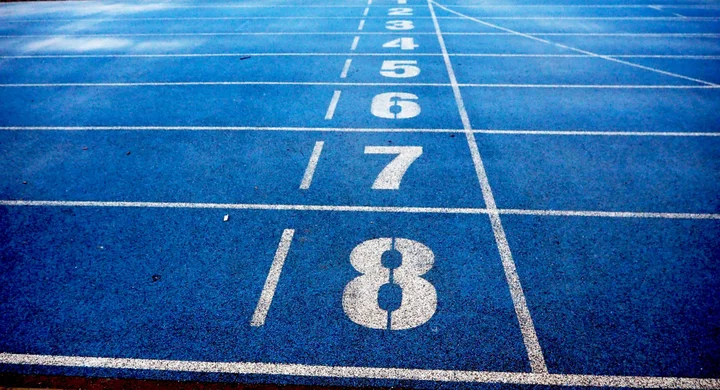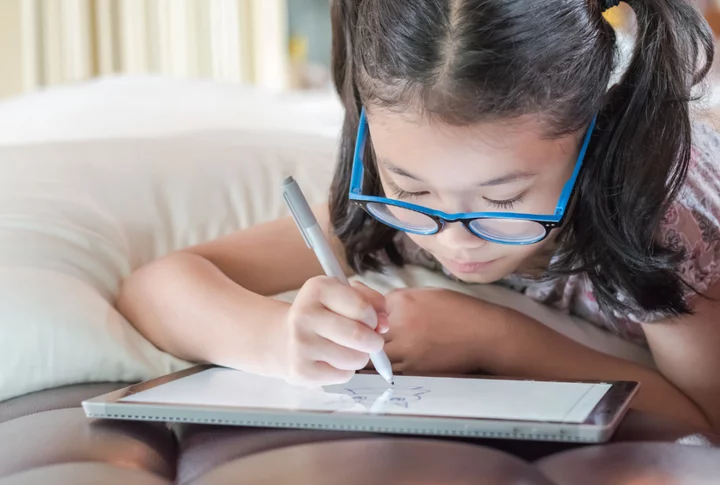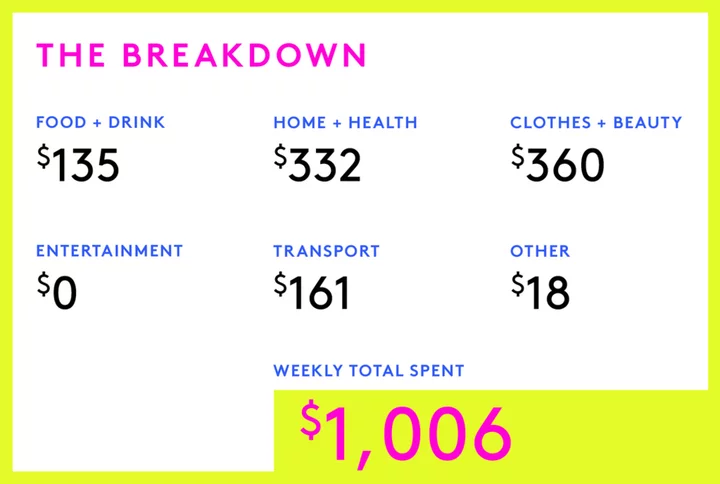China’s biggest art fairs are back in a first post-Covid test of collectors’ appetite, at a time when the economy is facing multiple headwinds.
West Bund Art & Design and ART021 both opened to VIP collectors on Nov. 9, with the general public invited in the days following. The former, sponsored by UBS Group AG, is in its 10th year with 185 galleries, while the latter is in its 11th year with 150 exhibitors.
The Shanghai fairs, which will be mainland China’s first major art events since the end of Covid Zero, come amid an uncertain global backdrop where even ultra-high-net-worth collectors are pulling back on art purchases. Years of pandemic restrictions, a troubled economy and a prolonged real estate crisis have especially battered Chinese sentiment.
“It is true that sometimes in economic downturn, collectors can see buying certain art as a way to hedge against risk, but that can also lead to the readjustment of valuation,” said Kejia Wu, art historian and author of the book A Modern History of China’s Art Market.
For example, a Sotheby’s auction of billionaire Liu Yiqian’s collection last month fetched HK$544.5 million ($69.7 million), coming far below the top-end of the initial estimate of HK$1.06 billion. The highlight of the auction, Amedeo Modigliani’s Paulette Jourdain painting, sold for $34.8 million, down 18% from when Liu bought it in 2015.
Similar to Frieze London, foot traffic was sparse on the early hours of the first VIP day of ART021, with none of the mad rush of collectors looking to lay claim to the hottest pieces. Although the energy was palpable, there were fewer than 10 visitors observed in each gallery at any one time. The venue got more crowded later in the afternoon.
Exhibitors aren’t fazed, and said they did not expect this to be a grand year for sales but are taking a longer view and consider the fair an opportunity to finally reconnect with collectors face-to-face after years of online-only sales. Some also pointed to the concerns around China’s slowing economy and employment uncertainty impacting pre-sales among their base of millennial and Gen-Z clients.
For some observers, the lull in the market is a cyclical pause. China’s art market started to develop after Deng Xiaoping’s market reforms, and later rapidly rose to prominence from the 2000s alongside the country’s robust economic growth.
“Many talk about the economy and the pandemic, but I think we should look at China’s art market as a cyclical field,” said Ai Lin, director of the private Deji Art Museum. “Similar to other consumer sectors, when a population is first introduced to something, there’s high interest and perhaps even some impulse buying, and after awhile people start to calm down to assess their collection.”
Regardless of market conditions, that the fairs are happening this year at all — without pandemic or travel restrictions — come as a relief for organizers. Last year, a single Covid-19 case abruptly shut them down. (The impact was manageable, said ART021 co-founder Kylie Ying, as sales were made during the preview days and pre-sales period, although monetary losses were incurred.)
“Art needs to be an interactive practice on a global level, and collecting will become more diverse as people, including us in China this year, could start to travel,” said Ying. This year’s fair has attracted a significant number of collectors from the Middle East, based on VIP registration figures, and exhibitors include new galleries from cities outside Shanghai and Beijing that were founded only in the past three years, such as Shenzhen’s Enclave Contemporary and Changsha’s Arch Gallery.
Within the Chinese art market, optimism is being placed on a growing wave of young collectors and artists, many of whom have more overseas exposure compared with the older generations.
Among notable “post-90s” artists, Vivien Zhang, who auctioned seven works last year for about 3.2 million yuan ($445,000), has lived in four countries. Beijing-born Zhang Ji studied in the US and staged his first solo exhibition of more than 200 works in Shanghai in February.
Interest in female artists is also growing in line with global trends. Shanghai’s MadeIn Gallery is displaying works at ART021 by Shang Liang, who has gained popularity in recent years through her sculptures and paintings themed around masculinity and heroism. Hong Kong’s Alisan Fine Arts is showcasing works from three female artists, such as Man Fung Yi, who specializes in sculpture and ink installation.
Works that touch on pandemic-related topics are still popular with collectors, experts interviewed said. Auction houses are also continuing to expand real estate in the mainland.
“I’m feeling so excited, and surreal, to come back to the fair again — it’s been four years,” said Mandy Ren, a 32-year-old teacher who came from Shandong province to Shanghai for the fair. “We felt it was such a normal thing to do back then, before we were all restricted to go anywhere.”
“I understand how hard the general situation is now,” she added, “but I’m just happy to be here and buy something. It has been too long since the last time, I just want something to cheer myself up.”
Among works that sold on the first day, France’s Perrotin sold a Mr. work for $350,000 and a Kelly Beeman painting for $55,000. At West Bund, Lisson Gallery sold an oil painting by Zhao Gang for $110,000. Lehmann Maupin sold 12 works, including a piece by McArthur Binion for $250,000, and a work by Korean artist Lee Bul for $190,000.
In the latest art-collecting survey by Art Basel and UBS, mainland China collectors were found to have a higher proportion of buyers to sellers than other regions. It also reported the highest median expenditure in the first half of 2023, at $241,000, ahead of Italy and France. Still, researchers stated that because the report was conducted earlier this year, many of the individuals surveyed, particularly those in mainland China and Hong Kong may have reported better figures than currently exists.
At global art gallery Gagosian, demand “far exceeds” supply for its artists in the primary market, said managing director Nick Simunovic. However, the secondary market looks to be shifting from a seller’s market to a buyer’s market as collectors start to be more selective, he said.
Gagosian is participating in both art fairs this year, exhibiting works by Georg Baselitz, Takashi Murakami, Zeng Fanzhi and others at West Bund, and American painter Dan Colen at ART021. Gagosian only participated in West Bund last year due to pandemic restrictions.
“We’re very happy to be back in a post-pandemic situation and context in China to do both fairs,” said Simunovic. “In spite of whatever economic headwinds the country may be facing, the idea of abandoning the Chinese art market just simply is not an option.”
(Updates with sales figures in 18th paragraph)









